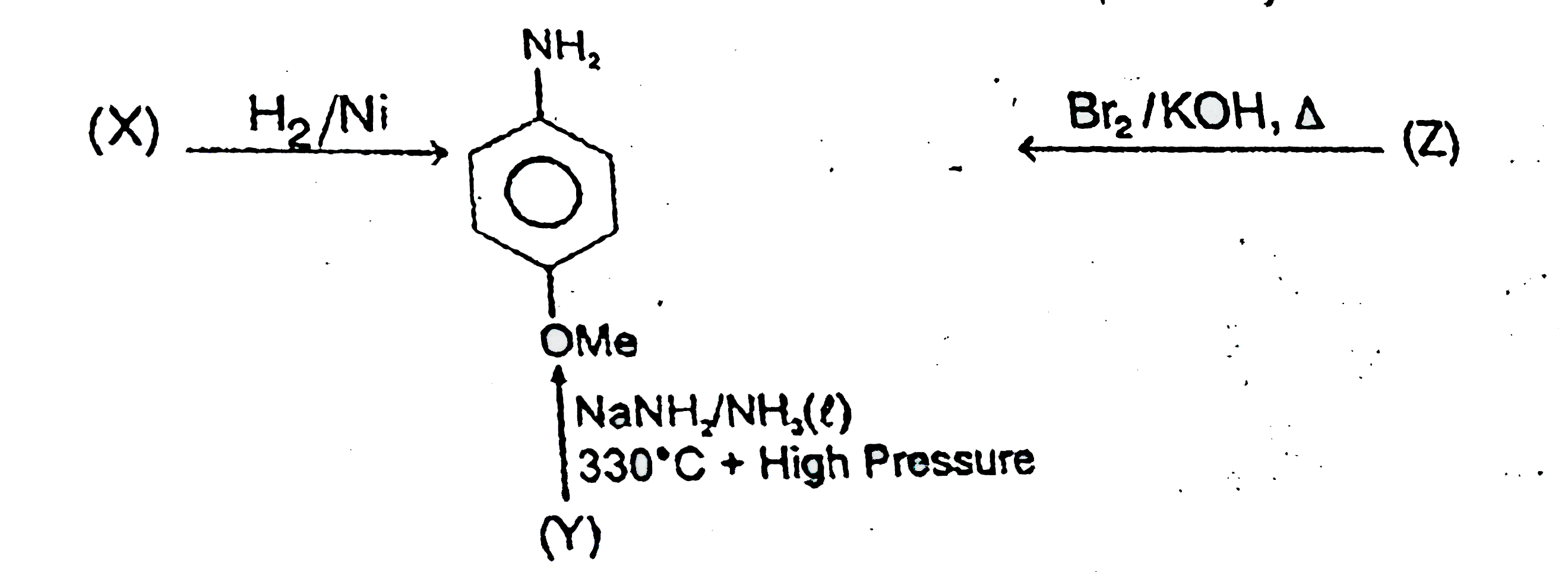Which of the following rate laws has an overall order of for reaction involving substances and ?
Rate=
Rate=
Rate=
Rate=
The correct Answer is:C
To determine which rate law has an overall order of 0.5 for a reaction involving substances x, y, and z, we need to analyze the given options based on the definition of overall order in chemical kinetics.
1. Understanding Overall Order:
The overall order of a reaction is defined as the sum of the powers of the concentration terms in the rate law expression. If the rate law is expressed as:
Rate=k(A)m(B)n(C)p
Then the overall order is given by:
Overall Order=m+n+p
2. Analyzing Each Option:
We will evaluate each provided option to find the one that gives an overall order of 0.5.
- Option 1:
Rate=k(Cx)1(Cy)1(Cz)1
Here, the overall order is:
1+1+1=3
This is not correct.
- Option 2:
Rate=k(Cx)0.5(Cy)0.5(Cz)0.5
Here, the overall order is:
0.5+0.5+0.5=1.5
This is not correct.
- Option 3:
Rate=k(Cx)1.5(Cy)−1(Cz)0
Here, the overall order is:
1.5−1+0=0.5
This is correct.
- Option 4:
Rate=k(Cx)1(Cy)2(Cz)−1
Here, the overall order is:
1+2−1=2
This is not correct.
3. Conclusion:
The only option that results in an overall order of 0.5 is Option 3:
Rate=k(Cx)1.5(Cy)−1(Cz)0
Final Answer:
The rate law with an overall order of 0.5 is:
Rate=k(Cx)1.5(Cy)−1(Cz)0
The overall order of a reaction is defined as the sum of the powers of the concentration terms in the rate law expression. If the rate law is expressed as:
Rate=k(A)m(B)n(C)p
Then the overall order is given by:
Overall Order=m+n+p
We will evaluate each provided option to find the one that gives an overall order of 0.5.
Rate=k(Cx)1(Cy)1(Cz)1
Here, the overall order is:
1+1+1=3
This is not correct.
Rate=k(Cx)0.5(Cy)0.5(Cz)0.5
Here, the overall order is:
0.5+0.5+0.5=1.5
This is not correct.
Rate=k(Cx)1.5(Cy)−1(Cz)0
Here, the overall order is:
1.5−1+0=0.5
This is correct.
Rate=k(Cx)1(Cy)2(Cz)−1
Here, the overall order is:
1+2−1=2
This is not correct.
The only option that results in an overall order of 0.5 is Option 3:
Rate=k(Cx)1.5(Cy)−1(Cz)0
The rate law with an overall order of 0.5 is:
Rate=k(Cx)1.5(Cy)−1(Cz)0
Similar Questions
Knowledge Check
Which of the following expressions is representative of the rate law for a SN2 reaction ?
ARate = k [electrophile]BRate = k [electrophile] [nucleophile]CRate = k [nucleophile]2DRate = k[electrophile]2
The dimensions of rate constant of a second order reaction involves :
View SolutionThe dimensions of rate constant of a second order reaction involves:
View SolutionFor the reaction :
2H2+2NO⇔2H2O+N2, the following rate data was obtained :

Calculate the following:
(1) The overall order of reaction.
(2) The rate law.
(3) The value of rate constant (k).
View SolutionIn the following reaction the correct order of percentage of products X, Y and Z is

View SolutionIn the following reaction X,Y and Z are respectively :

View SolutionFor the reaction A+B→C+D, the initial rate for different reactions and initial concentration of reactants are given below:

(i) What is the overall order of reaction ?
(ii) Write the rate law equation.
View SolutionFor the reaction: 2H2+2NO<⇒2H2O+N2, the following rate data was obtained:

Calculate the following:
(1) The overall order of reaction.
(2) The rate law.
(3) The value of rate constant (k).
View Solution
